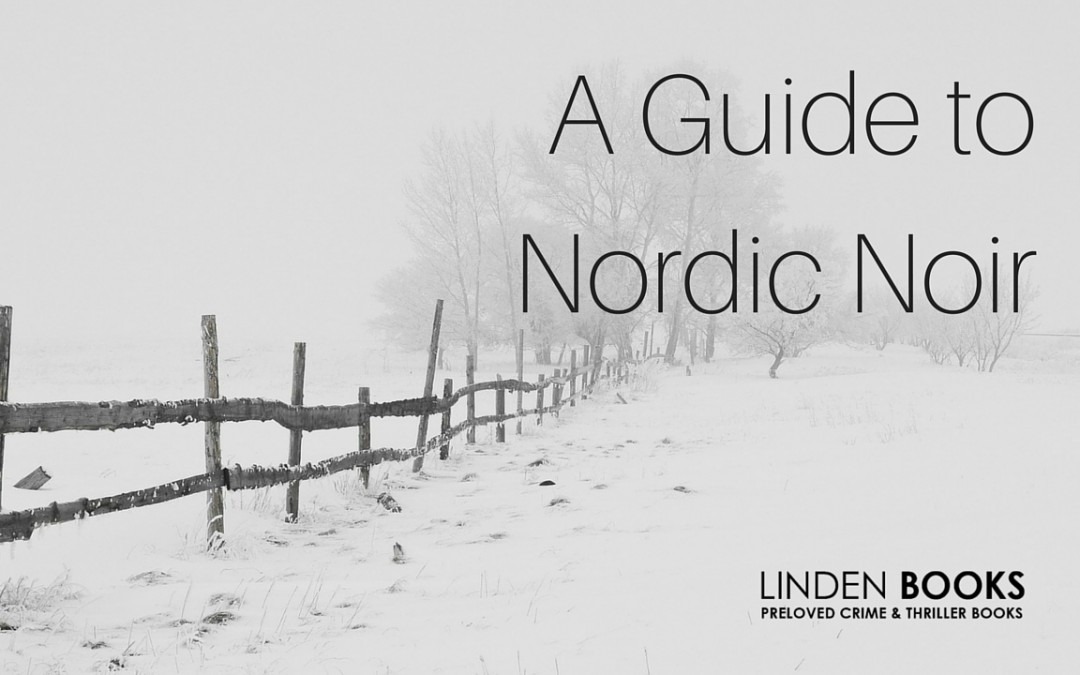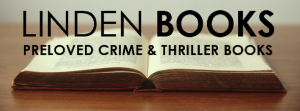‘Nordic Noir’ is a term that you will have heard a lot in reference to crime books, films and television dramas. But what does it actually mean and when did it all begin?
Nordic Noir is a crime fiction genre which stems from Scandinavia. Fiction is written in a realistic style, with a slightly bleak moral outlook, and is often a police procedural.
The Martin Beck Series
Many believe that Nordic Noir originated with Maj Sjowal and Per Wahloo, who wrote the now classic Martin Beck series between the 1960’s and the 1970’s. The ten-book series is collectively called ‘The Story Of A Crime’.
Others say that the genre started even earlier. However the Beck series has been hugely influential, becoming international best-sellers and selling over ten million copies so far. The series is realistic in tone and reflects the social values of the time, and this is why it fits into the Nordic Noir category so well.
The series starts with ‘Roseanna’ and ends with ‘The Terrorists’, and several have been made into films including ‘The Laughing Policeman’. They are well worth a read.
Origins Of Nordic Noir
The roots of Nordic Noir may also be rooted in the Swedish crime film, which emerged in the 1940’s when the welfare state started to take shape. Film Noir emerged after the Second World War, and it reflects a dark and disillusioned side of this vision of the state caring for the vulnerable in society. Nordic Noir blends Film Noir, Swedish crime stories and the concerns about the welfare model of the state.
Features Of Nordic Noir
The characters in Nordic Noir are socially awkward, focused on goals and extremely determined; whilst the bleak, cold Scandinavian landscape is a suitable backdrop for the angst which the protagonists are suffering. Nordic Noir detectives are realistic, flawed human beings, who doubt themselves and whose relationships tend to be troubled. This realism is very attractive, as is the unequivocal writing style which isn’t heavy on metaphors or hidden meanings.
There are no car chases and little in the way of exciting action scenes. Instead we follow the detective as he or she painstakingly follows the evidence to try and solve the case; whilst at the same time agonising over the moral dilemmas and uncertainties that ‘real’ human beings experience.
According to the The Economist, Nordic Noir can be broken down into three main elements; language, heroes and setting. There is a focus on simple writing, psychology, police procedures and the background of the harsh, chilly physical landscape permeates throughout.
Take a look through our Nordic Noir section to find a title that appeals to you.
Nordic Noir Authors To Look Out For
Henning Mankell
Start by reading one, or all, of the books in the Martin Beck series and then move on to Henning Mankell, whose Wallander series is considered to be firmly rooted in Nordic Noir. Kurt Wallander is a complicated character with few friends, whose marriage has failed and who has a troubled relationship with his daughter Linda.
Wallander takes his work very seriously and endures huge amounts of stress if he feels that the case is not going well, or that his handling of a situation or person has been flawed.
Mankell is a hugely talented writer whose books have been very popular in Sweden and internationally. His books have been made into two very good television series set in Sweden, one in English and starring Kenneth Branagh.
Jo Nesbo
Norwegian author Jo Nesbo, and his detective Harry Hole, are also very popular. Hole is an angst-ridden character, who also has trouble with his relationships and is a recovering alcoholic. He is a good detective, with an instinct for nosing out criminals, but doesn’t always follow procedure. Hole becomes obsessively focused on his cases, to the exclusion of almost everything else, which could help to explain his relationship problems.
The action takes place in and around Oslo, and the harsh, frozen Norwegian landscape is a suitable backdrop both for Hole’s moods, which can be bleak, and for the dark deeds which are committed by the criminals. I can rarely finish a book if I dislike the main character, but despite his flaws, Harry Hole is a likeable character, which is important in keeping the reader on board.
Stieg Larsson
There has been a lot of hype about Stieg Larsson and his ‘Millennium’ trilogy, partly fuelled by his sudden death shortly after delivering the three manuscripts to his publisher’s office. However in this case the hype is fully justified.
The heroine Lisbeth Salander is the strongest female character I have ever encountered in a crime novel. She is highly intelligent, emotionally tough, amoral, determined to the point of obsession and very flawed.
In The Girl With The Dragon Tattoo, the first in the trilogy, most of the action is centred on a small island off the coast of Sweden. A girl who disappeared many years previously is the mystery that needs to be solved and Mikhael Blomkvist, a reporter and editor of Millennium magazine is hired, ostensibly to write a history book, but in reality to find out what happened to the missing girl.
When Blomkvist comes across Salander, who ends up helping him in his quest, he realises that here is an even greater mystery. Salander is aggressive, uncooperative and mysterious, but never have I rooted more for a central character.
The two follow up books, The Girl Who Played With Fire and The Girl Who Kicked The Hornet’s Nest, are equally compelling, and as more is revealed about Salander’s past, the books become compulsive reading.
Two films have been made so far; a Swedish film and a Hollywood version starring Daniel Craig. The films are good, but they don’t come even close to the magnificence of the books. I highly recommend this ground-breaking trilogy.
Karin Fossum
Norwegian Karin Fossum writes psychological crime thrillers which are ‘whydunnits’ rather than ‘whodunnits’, but also have a police procedural element.
Her hero, Inspector Konrad Sejer, is unlike Wallander and Hole in that he is a calm and sensible widower, who doesn’t suffer from tempestuous mood swings or suffer overmuch from angst. Sejer quietly and methodically follows the evidence until the crime is solved, and sometimes seems more of a background character compared to the other protaganists.
Fossum’s writing reminds me of Ruth Rendell in some ways. She often focuses on an ordinary person who, through extraordinary circumstances, commits a crime, and then concentrates upon the inevitable consequences. The thoughts and emotions of these ordinary people are compassionately exposed and are magnified by the harsh beauty and isolation of the Norwegian landscape.
Others To Look Out For
If you enjoy Nordic Noir and still have any free time left, then also look out for Liza Marklund, Johan Theorin, Anne Holt, Jussi Adler-Olsen, Kristina Ohlsson, Camilla Lackberg, Arne Dahl, Ake Edwardson, Arnaldur Indridason, Mons Kallentoft, Lars Keplar, Karin Alvtegen, Asa Larsson, Hakan Nesser, Gunnar Staaleson, Yrsa Sigurdardottir, Quentin Bates and James Thompson.
These are all great writers and good examples of authors who specialise in Nordic Noir.



